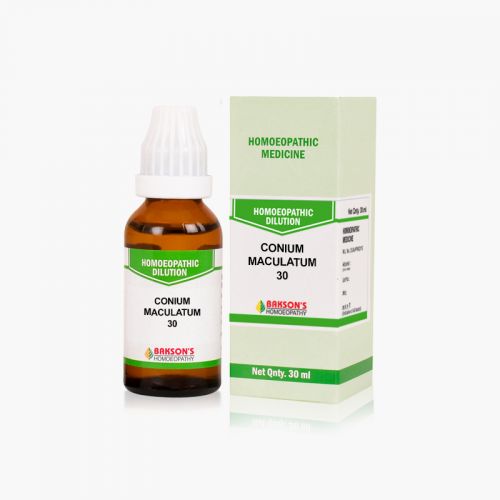We use cookies to make your experience better. To comply with the new e-Privacy directive, we need to ask for your consent to set the cookies. Learn more.
What is Vertigo?
Vertigo is described as a sensation of motion, most commonly rotational motion and is a symptom of vestibular dysfunction. The symptoms of vertigo result due to asymmetry in the vestibular system.
The asymmetry may result from damage or dysfunction in the peripheral system, such as the vestibular labyrinth or vestibular nerve or a central disturbance in the brainstem or cerebellum.
Vertigo affects men and women equally and it has been associated with various comorbid conditions, including depression and cardiovascular disease. Vertigo impacts the quality of life by interrupting daily activities including employment and the need for additional medical attention.
Aetiology
The dysfunction in the vestibular system may be due to a peripheral or central lesion.
Peripheral etiologies include-
- Benign paroxysmal positional vertigo (BPPV)
- MΘniΦre disease
- Acute labyrinthitis
- Vestibular neuritis
- Ramsay Hunt syndrome
- Cholesteatoma
- Otosclerosis
Central etiologies include-
- Stroke (Ischemic or hemorrhagic)
- Tumours (Brainstem glioma, Medulloblastoma, and Vestibular schwannoma)
- Vestibular migraine
- Multiple sclerosis
Sign and symptoms
A thorough history assessment helps the physicians to differentiate between a central and peripheral aetiology. It is important to elicit the course of symptoms to determine the underlying aetiology.
Nausea and vomiting are typical with acute episodes of vertigo and are not specific for any particular cause. Signs of neurological deficit like diplopia, dysarthria, dysphagia, and numbness or weakness may be present.
Physical examination is equally indispensable to further elicit whether the cause of vertigo is peripheral or central. Nystagmus is a common physical finding to assess the functioning of the vestibular ocular reflex. Central lesions can present with nystagmus in any direction, while peripheral lesions often present with horizontal nystagmus with a torsional component. Gait and balance assessment can also help in determination of the cause. Patients with unilateral peripheral disorders often lean or fall toward the side of the lesion; whereas, patients with cerebellar lesions are often unable to walk without assistance.
Diagnosis
Laboratory investigations are not very helpful in determining the cause of vertigo. In case of any central lesion, brain imaging techniques like MRI, CT scans are recommended.
General management
The treatment of vertigo depends on the aetiology. Pharmacological therapy is recommended superadded by non-pharmacological treatments for patients with permanent unilateral or bilateral vestibular dysfunction including physical therapy with vestibular rehabilitation.
Warning: Above information provided is an overview of the disease, we strongly recommend a doctor's consultation to prevent further advancement of disease and/or development of complications.
Disclaimer: The information provided herein on request, is not to be taken as a replacement for medical advice or diagnosis or treatment of any medical condition. DO NOT SELF MEDICATE. PLEASE CONSULT YOUR PHYSICIAN FOR PROPER DIAGNOSIS AND PRESCRIPTION.
- BAKSON #B 16 DROPSSpecial Price ₹ 160.00 Regular Price ₹ 200.00
- COCCULUS INDICUS 30₹ 100.00
- CONIUM MACULATUM 30₹ 100.00
- GELSEMIUM SEMPERVIRENS 30₹ 100.00
- THERIDION CURASSAVICUM 30₹ 100.00








